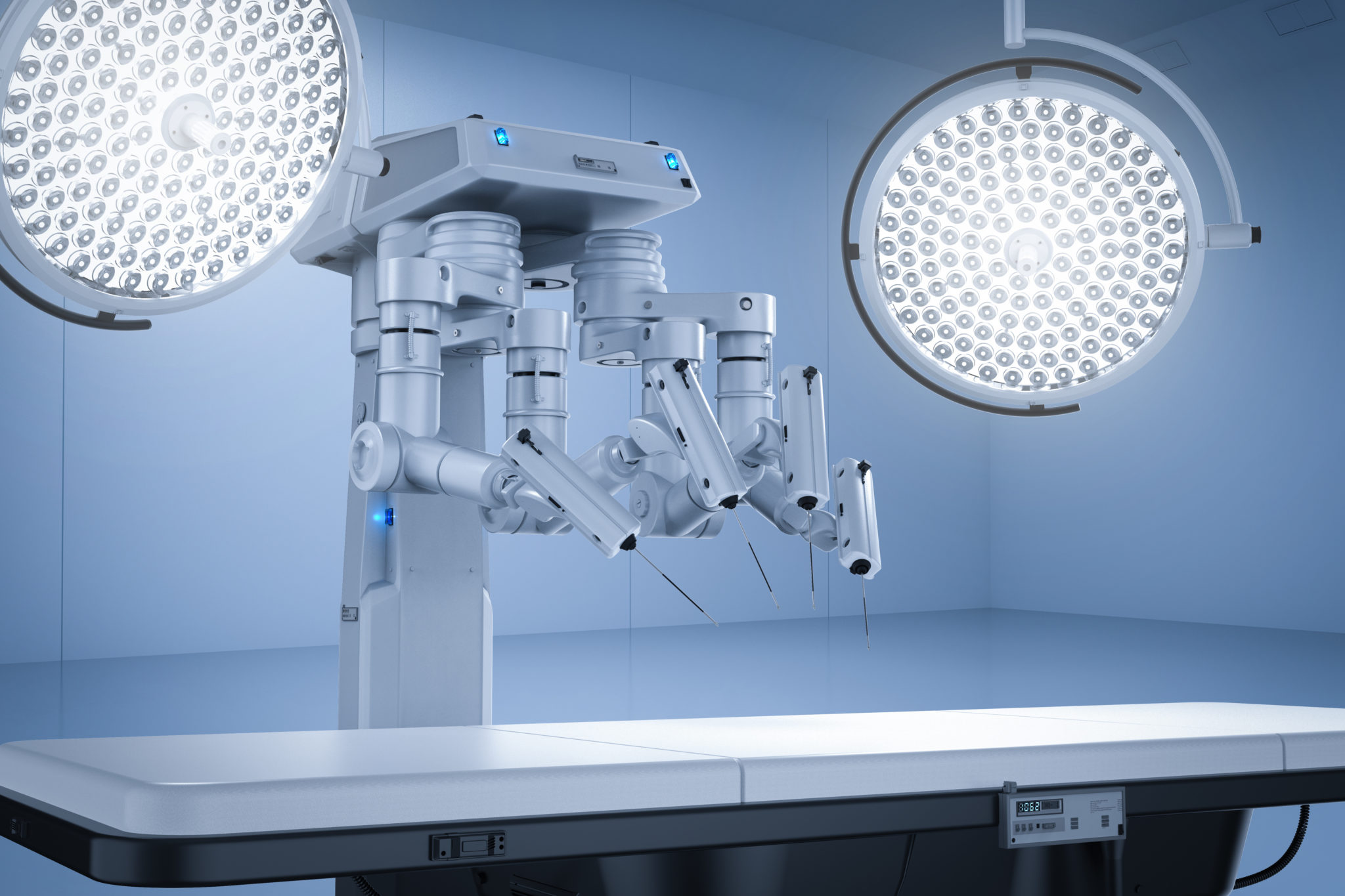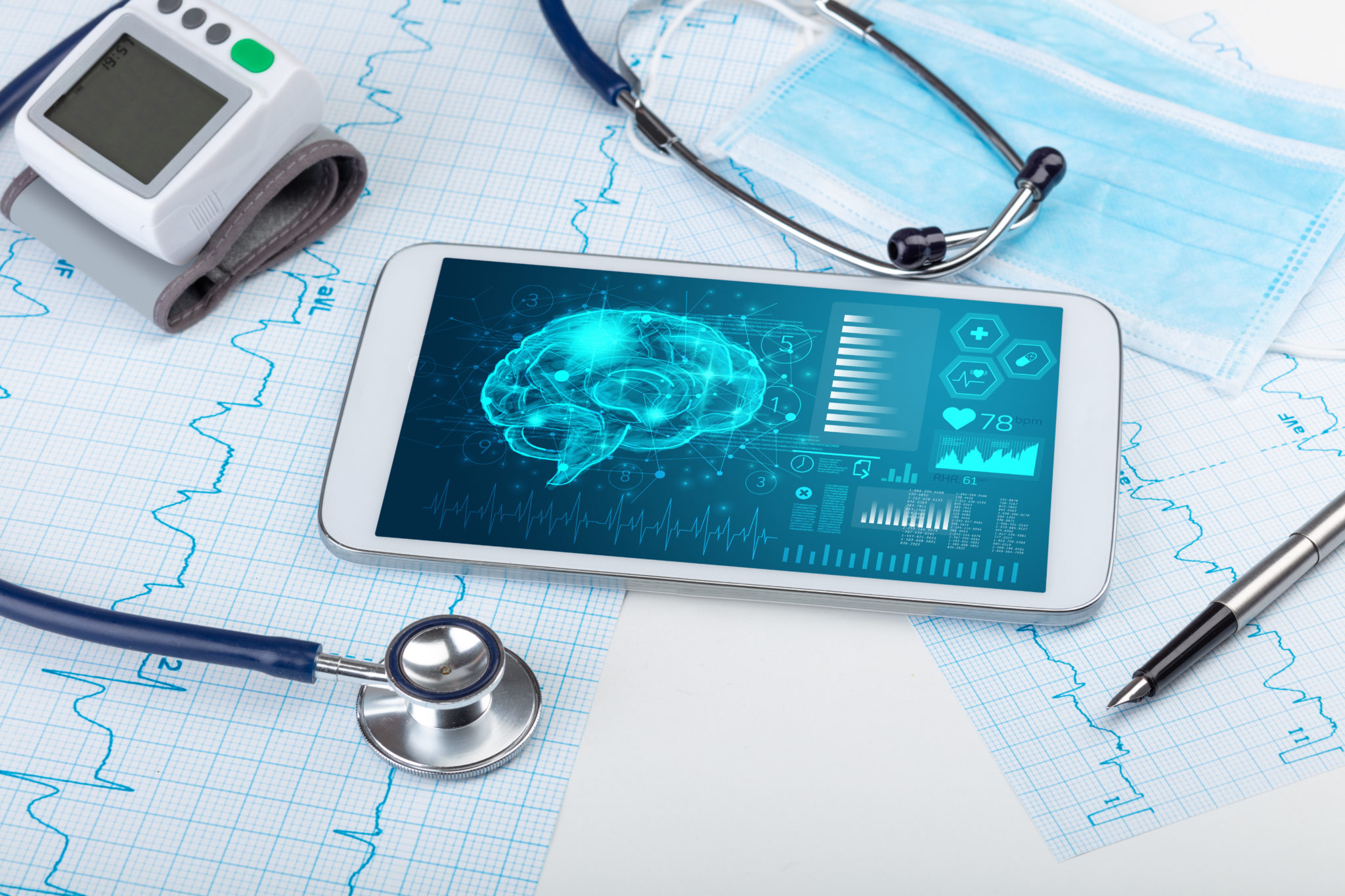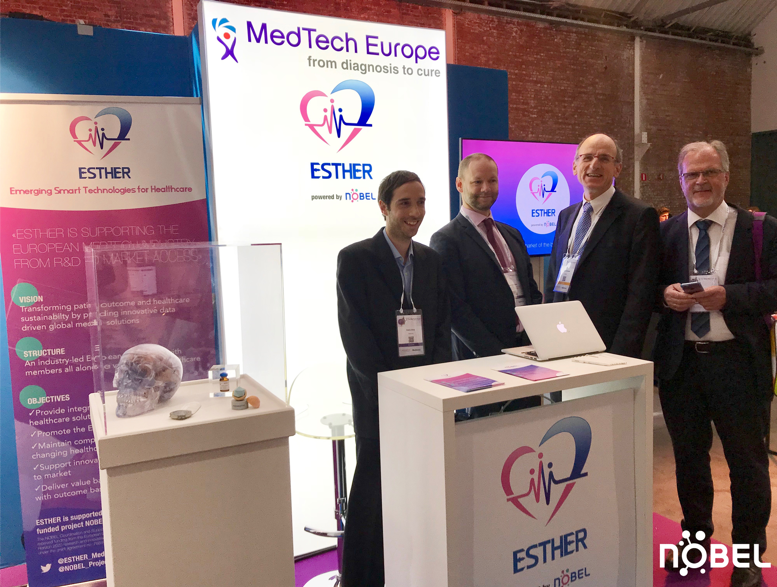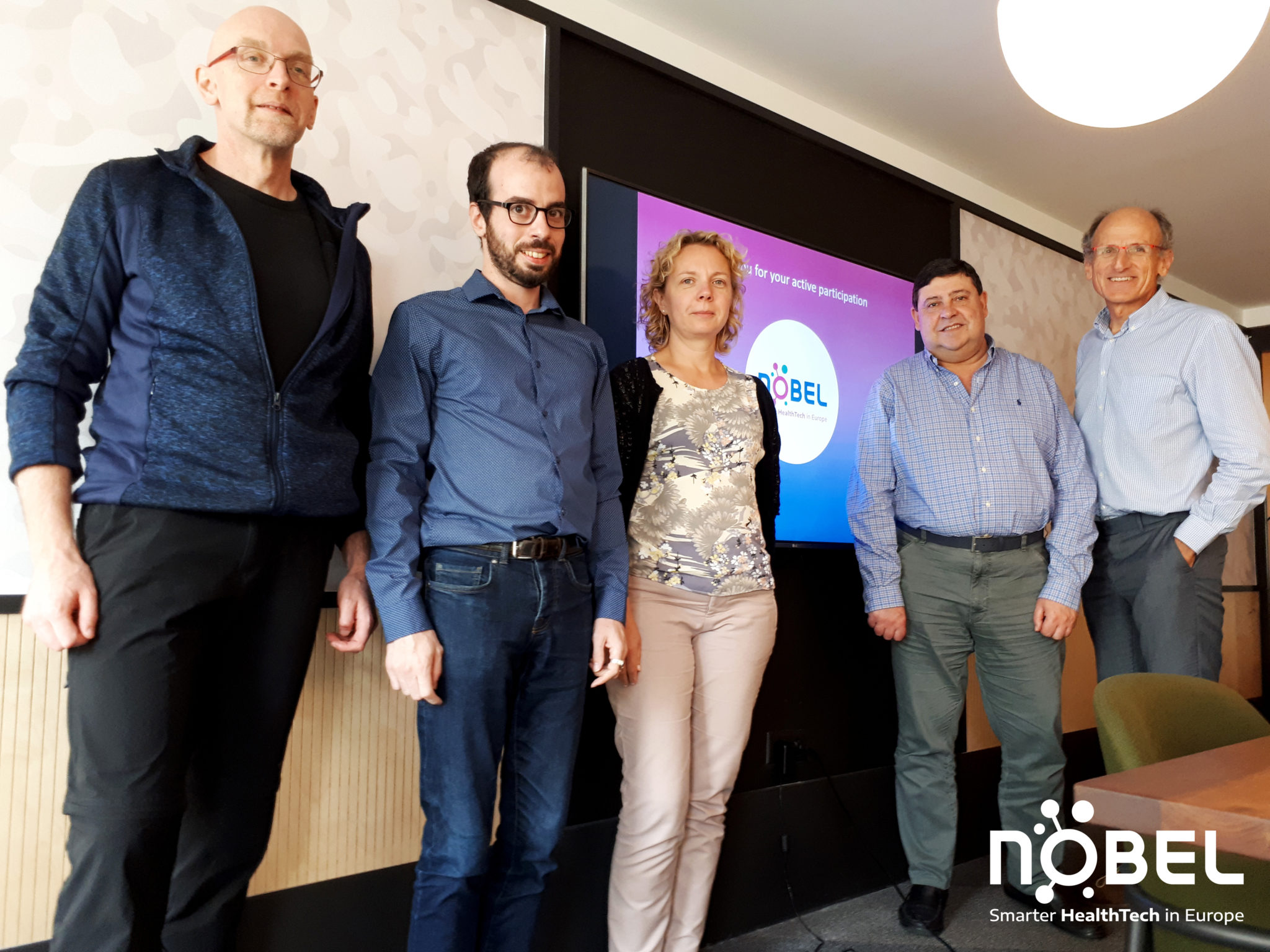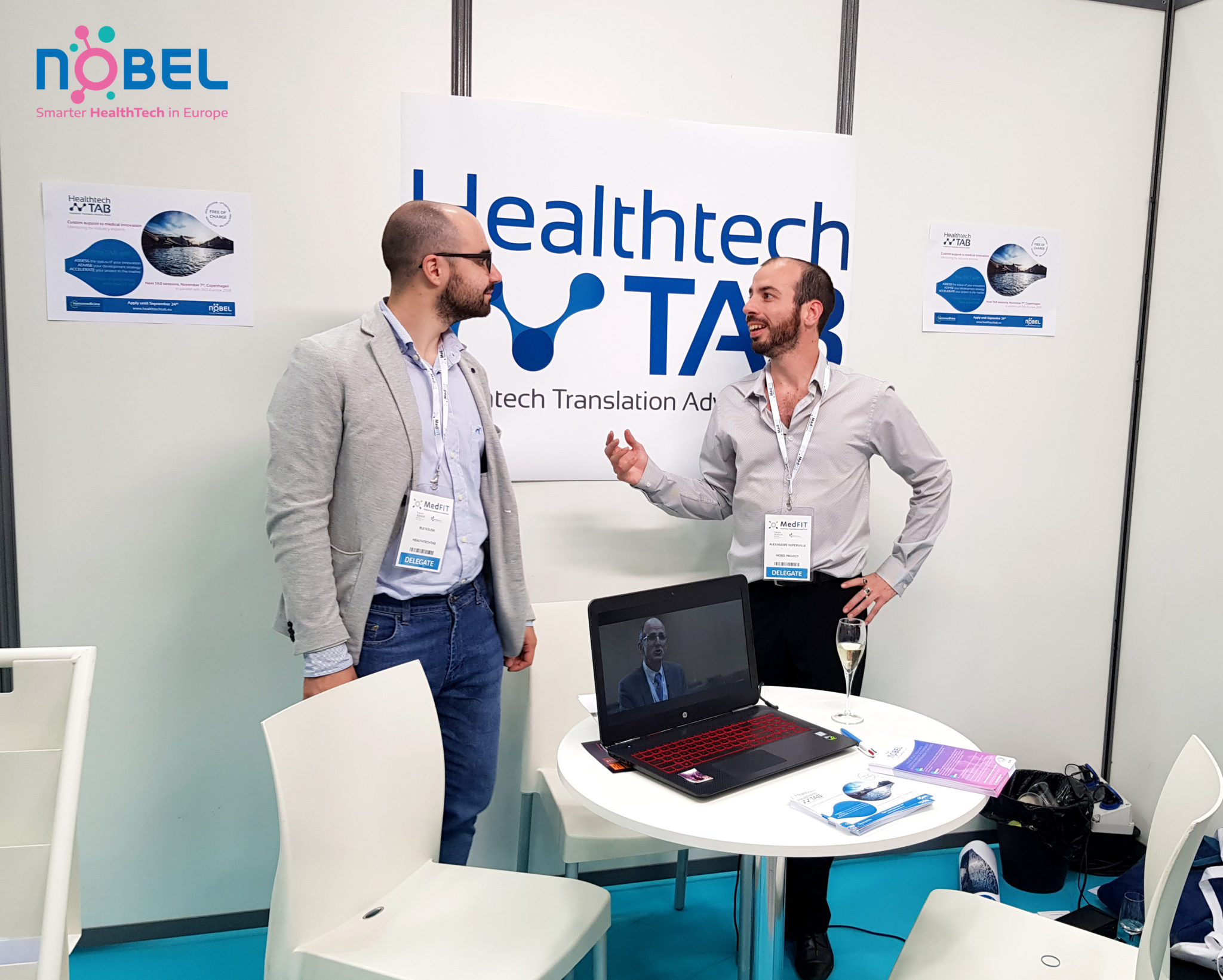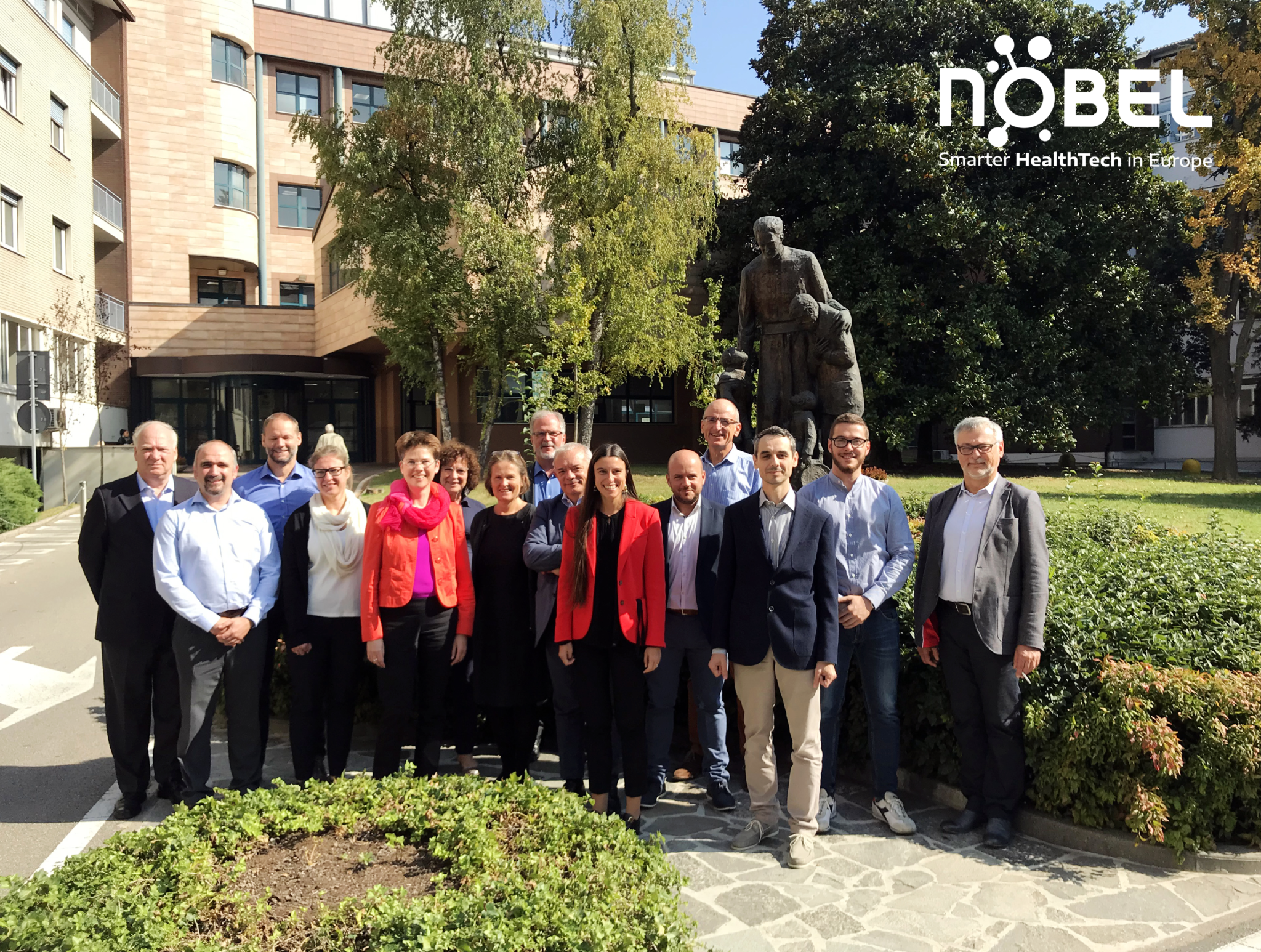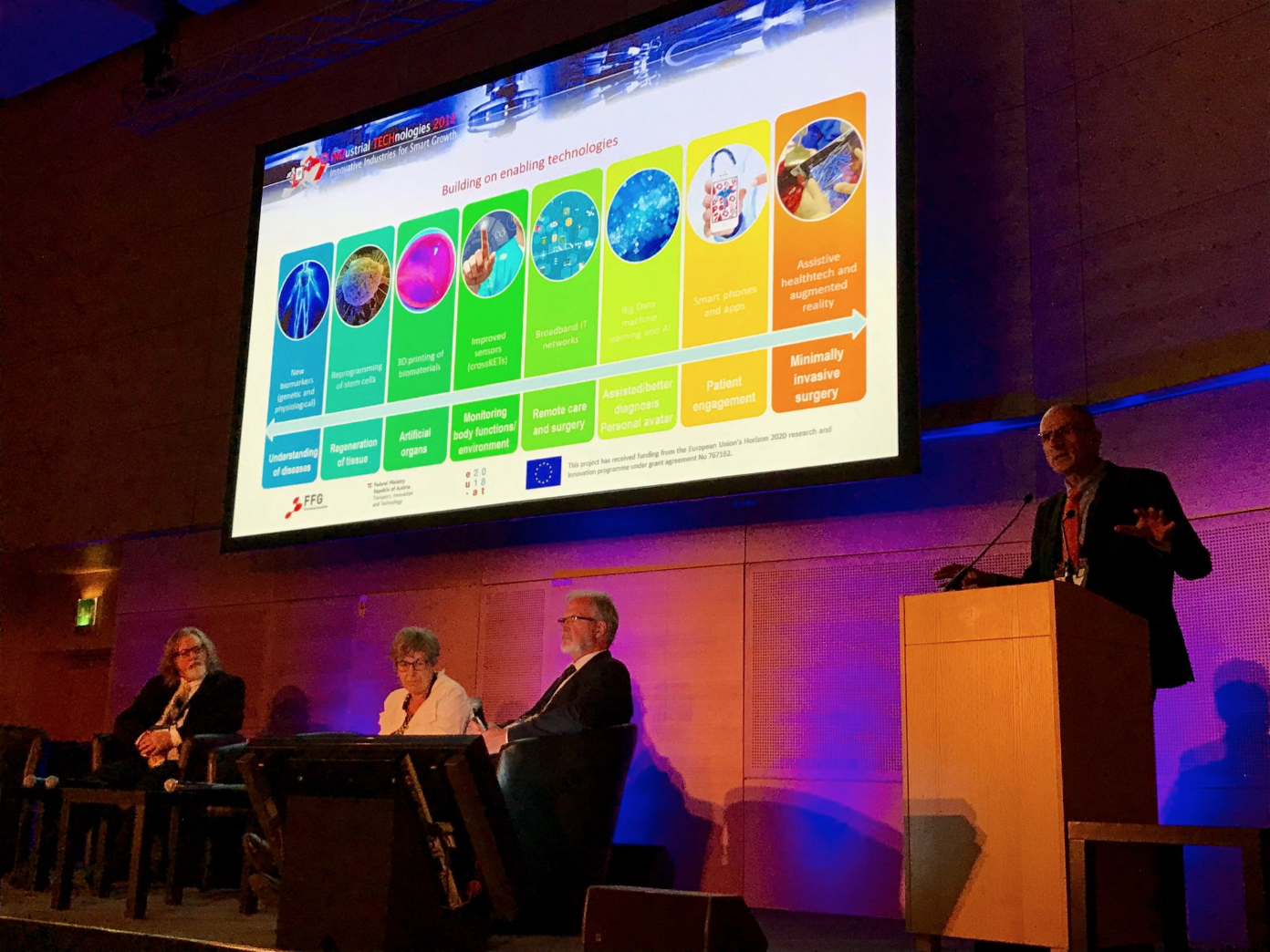Robotics for healthcare
Robotics is the science of robots, these mechanical or computer-controlled machines carrying out complex series of actions automatically. Their development has already impacted healthcare: robots allow to automate many processes notably in regard to the assistance and rehabilitation of patients with mobility issues, but also contribute to enhance the precision of surgery, to design next generations of prosthetics or exoskeletons controlled by brain / machine interfaces. They can even help optimising hospital facilities. Implementing photonic devices and artificial intelligence in robots makes them “smart” and will drastically improve their ability to assist patients, clinicians, surgeons, nurses and all actors involved in the hospital daily routines.
Robotics is the branch of engineering and science that deals with the design, manufacturing and use of mechanical and virtual robots. A robot is an automated device capable of executing operations following a fix or adaptable program. Robotics implements their control, sensory feedback, and information processing. This multidisciplinary field includes mechanical, electronic, information engineering and computer science. The progress in robotics are re-shaping almost all field of human activity thanks notably to the ability of robots to repeat the same tasks identically, allowing humans to focus on more complex tasks
The word “Robotics” has been used for the first time by the science-fiction author Isaac Asimov, back in the 1940’s.
What do robotics bring to healthcare?
In healthcare, robots are helping to overcome human limitations in surgery, rehabilitation, assistance or facility management. Back in 1983, Arthrobot was the first robot to assist a surgeon in more than 60 arthroscopic surgical procedures. Since then, robots have entered the hospital as well as the operating room. In September 2016, the remotely controlled robotic surgeon called Robotic Retinal Dissection Device (R2D2) helped surgeons to remove a membrane 100th of a millimetre thick from a retina. This was the first time a robot had been used to conduct an operation of the eye. However robotic applications do not only restrain to surgery and include:
- Robotic prosthesis
- Assistive robots combined with mobility and cognitive support systems for enhanced post-surgery rehabilitation or to compensate neurologic disabilities
- Ultra-high-resolution robotic assistance to precisely place stem cells in the eye, brain, heart to drive regeneration.
- Supportive robots improving the complex logistics of large hospitals
- Large in vitro assays facilities handled by robots allowing high-throughput screening for drug discovery and diagnosis procedures
Minimally invasive surgical procedures
More precise, quicker, safer surgery with faster recovery of patients and fewer side-effects
Training of surgeons to increase proficiency
Telesurgery for easier access to medical excellence
Enhanced rehabilitation for patients both at hospital and at home
and support to daily living activities thanks to assistive robots like exoskeletons, lifting devices, remote communication robots or robotic prosthesis
Quicker, automated and multiplex diagnosis
Smarter hospitals
Smoother logistics, patient and facility management for high-quality services and improved patient experience
Robotics for healthcare applications
The global nanomedicine market
2019
US$22
billion
%
Annual growth rate
2023
US$50-62
billion
How will NOBEL support the robotics for healthcare community?
- The European project NOBEL is a Coordination and Support Action (CSA) under Horizon 2020 aiming to help the convergence of robotics with other key enabling technologies with applications in healthcare: photonics, nanomedicine, advanced materials and digital health. NOBEL is coordinated by the ETP-Nanomedicine
- European Technology Platforms (ETPs) represent each individual technological community at the European level and help bridging those communities with the European Commission. Six ETPs that have applications in healthcare are associated to NOBEL: ETP-Nanomedicine, Photonics21, EU-Robotics, EU-MAT, the European Society of Biomaterials and the ETP for Smart Systems Integration (EPoSS). The NOBEL Project provides them with a meeting space and dissemination by organising annual meetings of their representatives and sharing information from each of them to the HealthTech community
- The NOBEL Project provides the ecosystem with strategic documents on the future of HealthTech in Europe by combining the inputs of all its Associated Partners in a single vision: the Continuum of Care, a vision for the future of healthcare in Europe.
Contacts

The major objective of the DIH-HERO project is to establish a broad-based pan-European network of Digital Innovation Hubs specialized in Healthcare Robotics. The network will focus on providing services which connect business and healthcare stakeholders in developing innovative products and services for the healthcare market. It will establish channels between healthcare and technology providers that reduce barriers to adoption and create strong mutual understanding between robotics technology innovators and healthcare professionals. Each Hub partner is aimed to deliver both technical and medical expertise through their pre-existing operational relationships with hospitals and healthcare facilities. This initiative unites expertise in business development, access to finance and innovation to robotics technology and healthcare expertise in a network of hubs that will connect and stimulate robotics innovation in all aspects of healthcare. DIH-HERO is built on concrete plans to sustain the network beyond the time span of the project and to provide a long-term network for innovators in healthcare. The network of Digital Innovation Hubs created and supported by DIH-HERO will ensure that robotics innovation in healthcare is accelerated, that SME can develop global reach and that the advantages of robotics-based healthcare can be propagated across Europe.
The HealthTech TAB
Do you need support to boost your robotics for health innovation on the market? Do apply to the HealthTech TAB and get free-of-charge custom support from our team of world class industry experts. See www.healthtechtab.eu
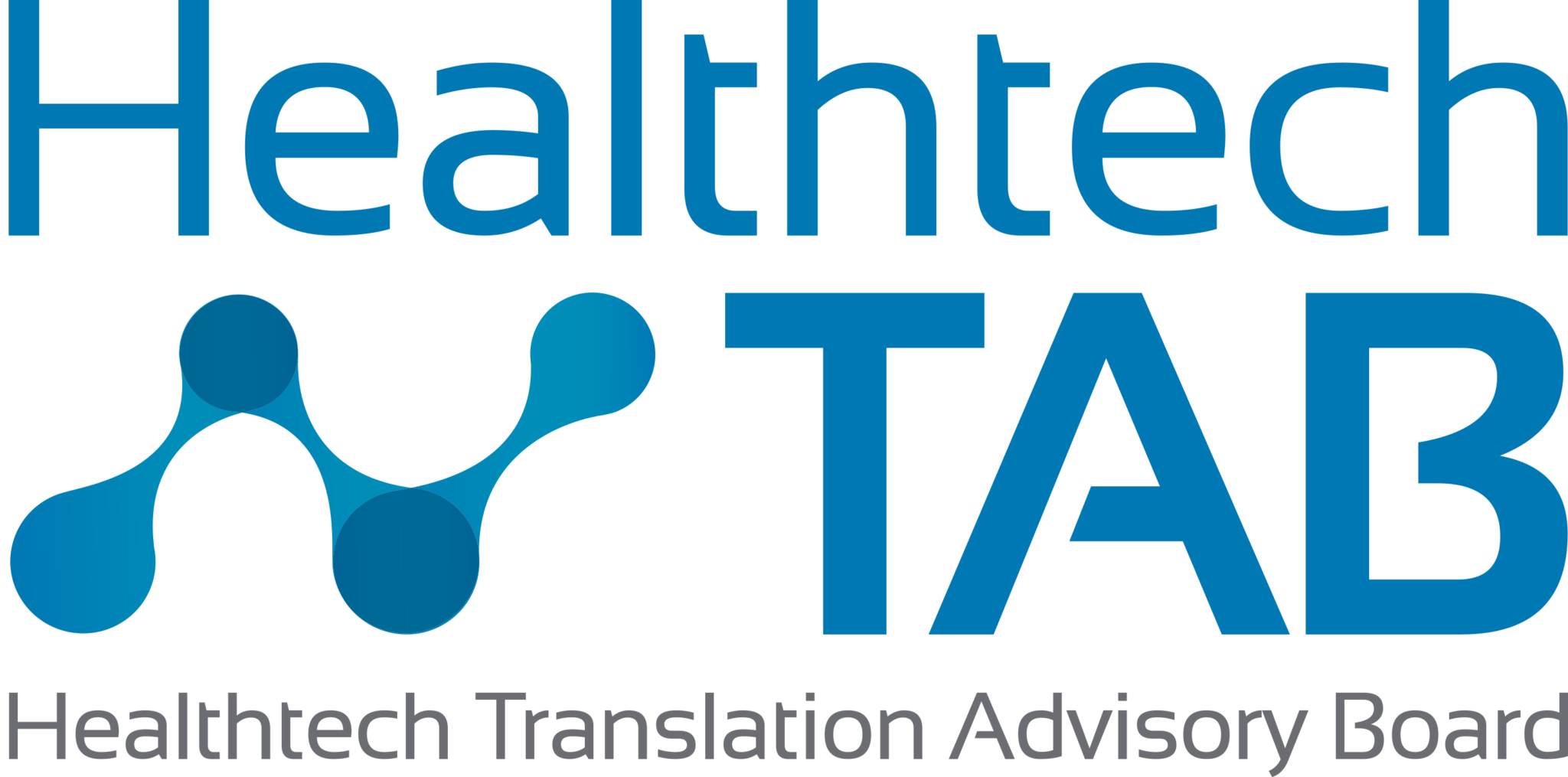
All terms are defined in the Glossary.
The list of technologies/products/companies described in these fact sheets is not exhaustive and does not intend to promote any particular actor of the HealthTech community nor to advertise particular product/company.

